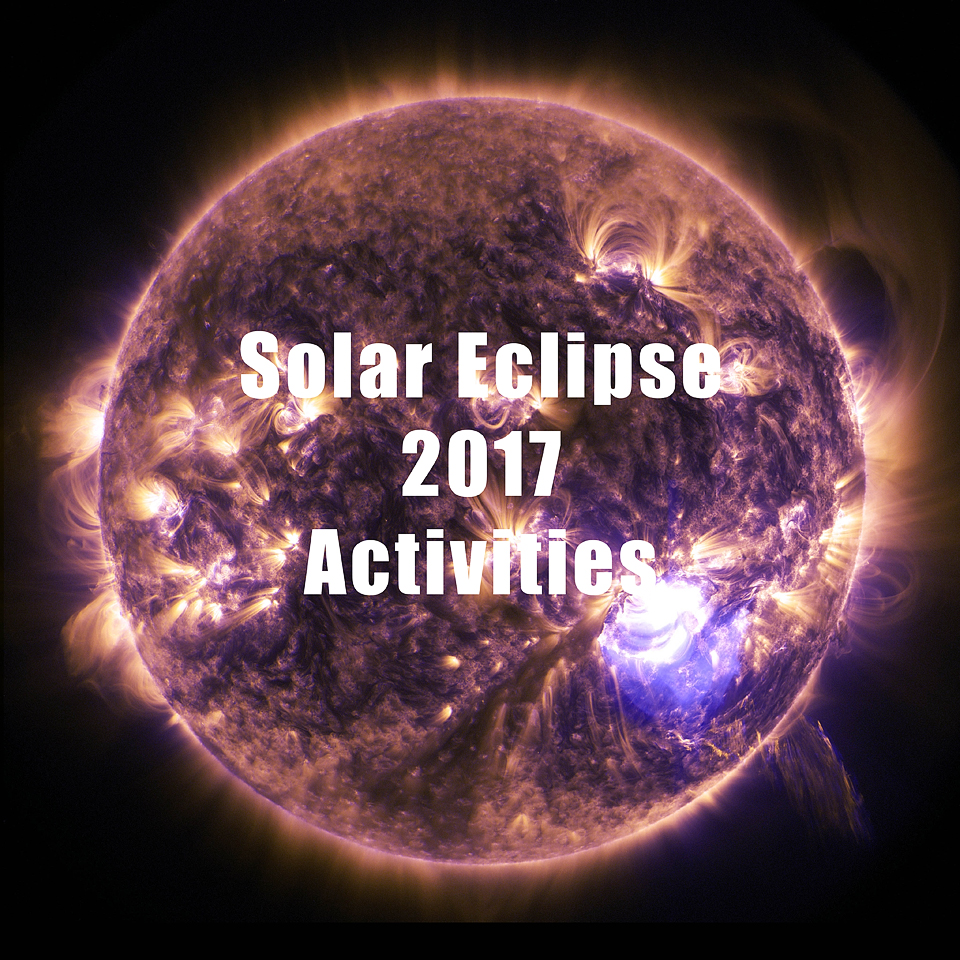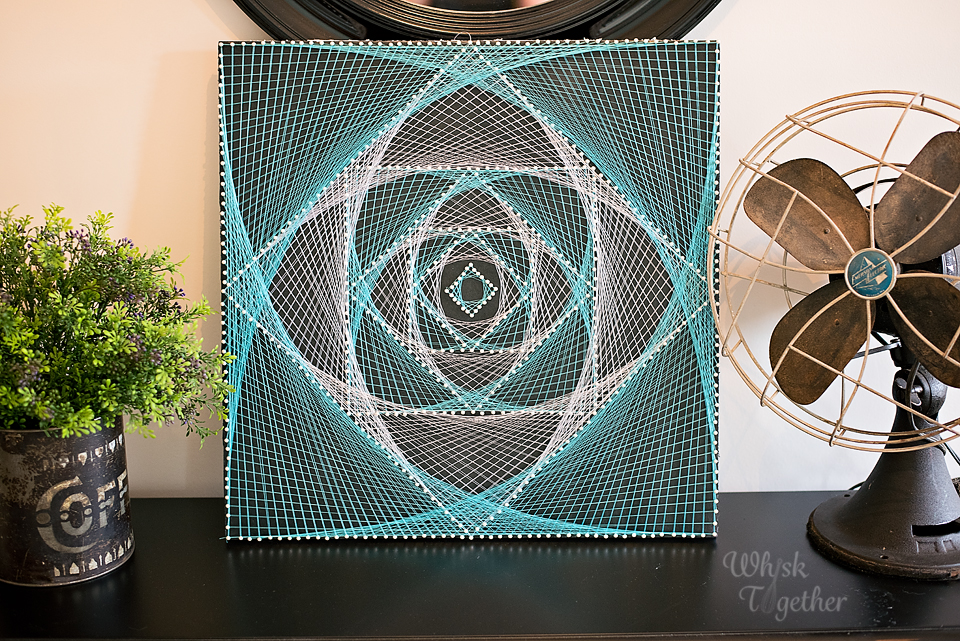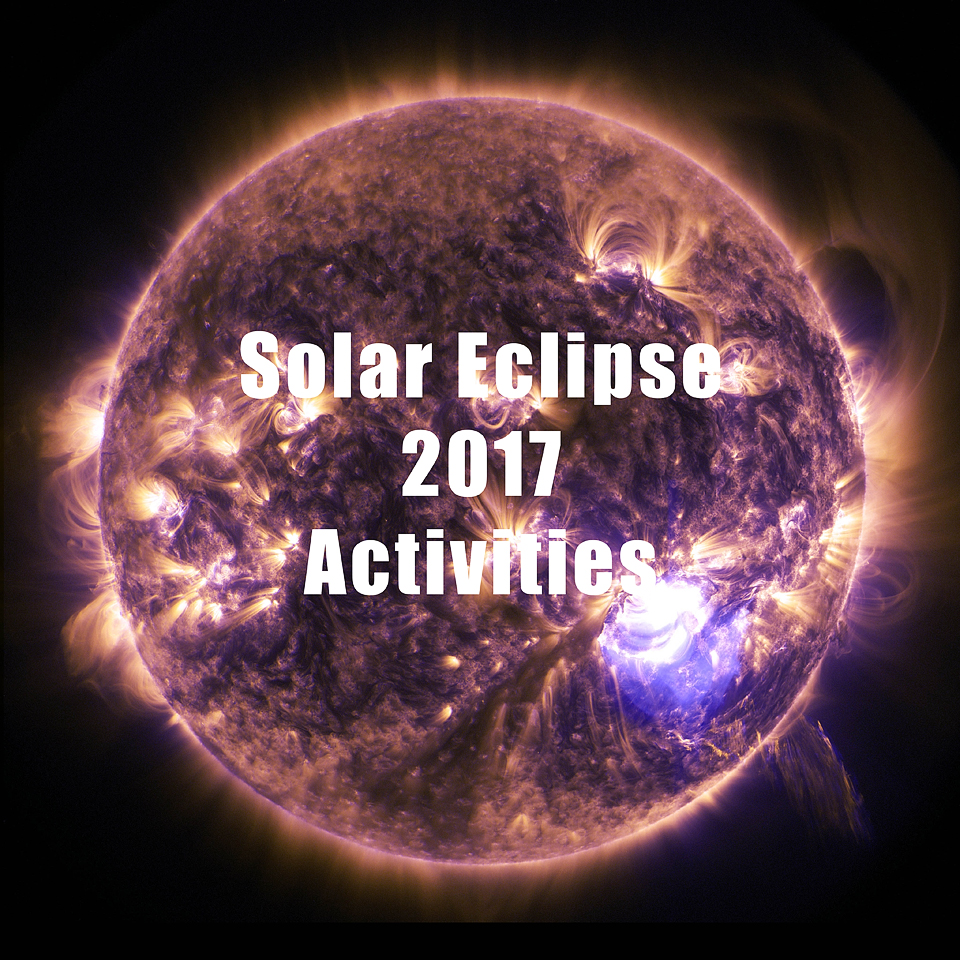
Wow! Of all the years to return back to teaching! We will view a solar eclipse on the THIRD day of school. How amazing is that??? I am SO excited about the solar eclipse. It brings me back to elementary school days and writing reports on the planets and high school when I would tape “Star Trek: The Next Generation” to watch it later. (I will explain what a “tape” is to you youngin’s in another post!)
I decided to make each day up to the eclipse all about solar activities! For the first day, we will make Solar Ovens. Then, we will take them outside and put together our s’mores powered by the sun!
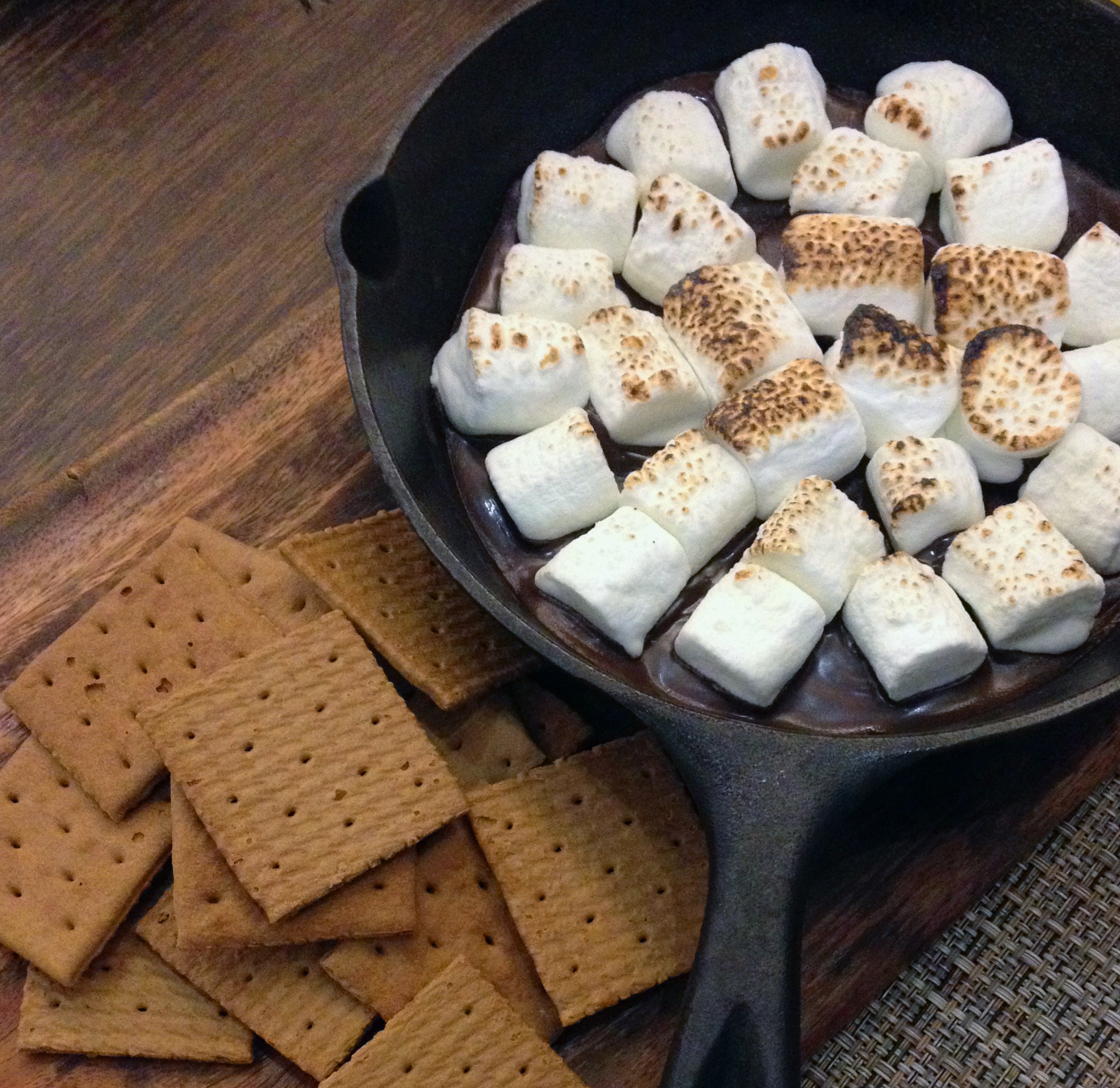
#1
To Make Solar S’mores:
You will need: marshmallows, graham crackers, milk chocolate (the Hershey plain bar is peanut free unless they have changed it, foil and a cardboard box, glue or tape, clear plastic wrap, ruler and black construction paper
Optional but fun: a thermometer to see how hot the solar oven gets.
Steven Spangler does a great video on how- to. I read it will take about 30 minutes to melt the marshmallows.
You can variations of the solar oven and see which works best. Black paper? White paper? Foil? A large box? A small box?
You can discuss the greenhouse effect and how it relates to your own home just like the solar oven.
#2
Astronomy Magazine has published a couple of articles on the Solar Eclipse that are super interesting. “19 Big Eclipse Surprises” by Michael Bakich is in the July 2017 issue. “Solar Eclipse Geometry” is in the May 2017 issue.
25 Facts about the Eclipse in Astronomy Magazine
Students can take parts of these articles and summarize them using Jigsaw.
#3
NASA has put together a 44 page Activity Guide full of ideas here.
#4
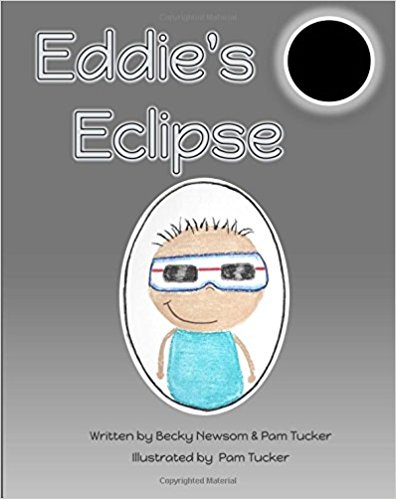
(Image source: Amazon)
The librarians in our district published a book about the eclipse! You can purchase it on Amazon here. It has ALL 5 star reviews and written FOR elementary students by two librarians who work in an elementary school in Missouri.
#5 – Pinhole Viewer
Make a pinhole camera to view the eclipse.
Here is another set of directions using a cereal box!
#6
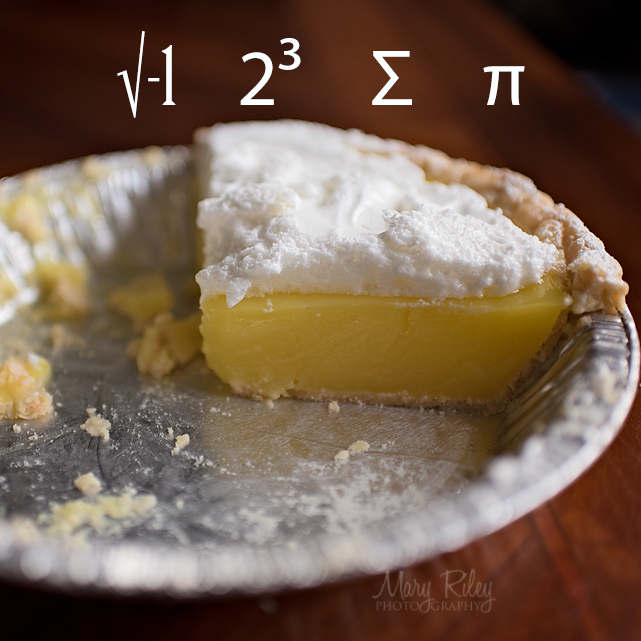
When discussing circles, you can always count on pi. Especially lemon meringue.
The Jet Propulsion Lab has a lesson on pi with reference to the eclipse and pi. We have all seen the map of the solar eclipse path – but how did scientists figure that out? The JPL has this math illustrated in #4 of their “Pi in the Sky” lesson series.
#7
#8
Department of Natural Resources – Download Lessons and Activities
#9
#10
These are great tips for viewing the eclipse if you are in the viewing area like I am. Bathroom break – GREAT tip. You don’t want you and/or your students to miss this!
As a photographer, I particularly find #24 and #25 quite funny! But seriously, I did research photographing the eclipse and came to the conclusion – just don’t.
